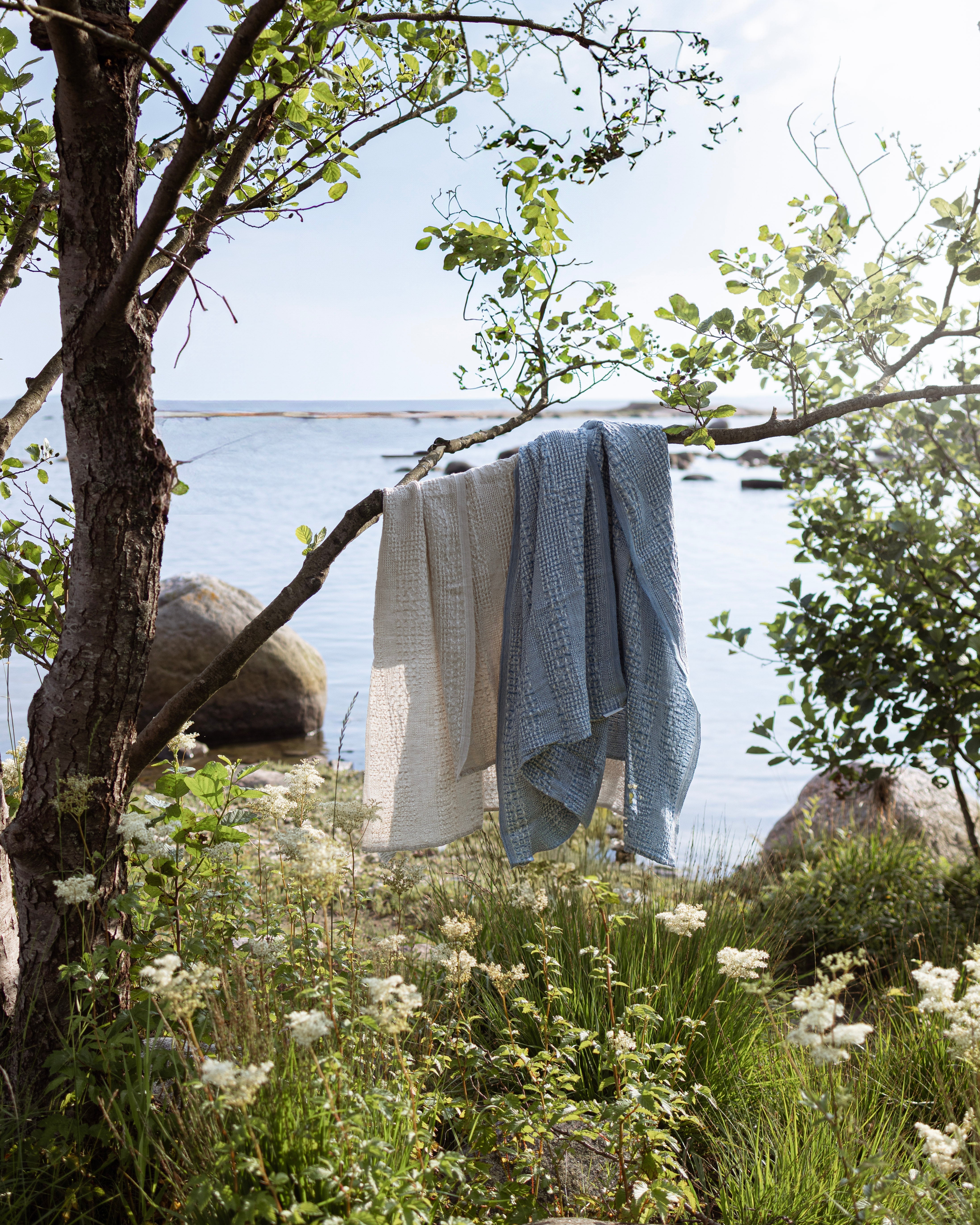For Finns, a sauna is much more than just a place to wash, relax or escape from everyday life. It is a part of our culture, history and everyday life, surrounded by countless stories, traditions and surprisingly special details. Although sauna bathing is a given for many of us, there is a lot about it that few people really know. Here are ten interesting and sometimes surprising facts about the sauna, its history and customs, which can deepen your own sauna experience. Check them out.
1. There are more saunas than cars in Finland
It is estimated that there are over 3.3 million saunas in Finland. That means almost one sauna for every inhabitant. Many homes have their own sauna, but saunas can also be found in cottages, swimming pools, workplaces and even in the common areas of apartment buildings. Saunas can also be found on ships, hotels and public buildings. For comparison, there are around 2.8 million cars in Finland. This says a lot about how central a sauna is to the Finnish lifestyle.
2. The use of menthol in saunas is a relatively new phenomenon
Although the Finnish sauna itself is an ancient tradition, the use of menthol saunas only began to become more common in the late 20th century. Originally, menthol was mainly used for medicinal purposes, for example in conjunction with steam inhalation to relieve congestion. Since then, the refreshing and cooling effect of menthol began to be associated with saunas, and menthol products became popular, especially in winter, when they open the airways and bring its characteristic refreshing note to the sauna. This is exactly what Sauna Menthol sauna ice, for example, offers.
3. The first saunas were smoke saunas without a chimney
A smoke sauna is the most historically original form of sauna. In it, the stove is heated with wood without a chimney, and smoke fills the entire sauna. After heating, the fire is turned off and the smoke is vented out, after which sauna bathing begins. The soft and even heat of a smoke sauna, as well as the smell of smoke, create a unique atmosphere that a modern electric stove cannot fully imitate. The construction and use of a smoke sauna require special expertise, and in many places this tradition is still strong. The number of stones in a smoke sauna stove is also many times higher than in a traditional sauna, so heating alone takes several hours.
4. The sauna is not just a Finnish invention – but Finns made it a culture
Although the sauna is strongly associated with Finland, other cultures also have long traditions of steam and baths. The Russians have banya, the Turks have hamam, and the Japanese have sento and onsen baths. What makes the Finnish sauna special is its place in everyday life and culture. In Finland, the sauna is not a luxury, but an essential part of everyday life and community. It has been a place for purification, births, deaths, and important discussions throughout history.
5. The word "Löyly" does not translate directly into any other language
“Steam bath” means both hot steam and the spirit of the sauna. It is a word that has both concrete and symbolic meaning. Many languages do not have an exact equivalent for steam bath, and therefore the word is often used as such internationally. There is a lot of tacit knowledge involved in the quality of a steam bath: how much water is poured into the heater, and at what rhythm. A good steam bath is soft, moist and pleasant, and not burning hot.
6. A menthol sauna can ease flu symptoms
The effect of menthol is based on its ability to stimulate cold receptors in the skin and mucous membranes, which gives a cool and refreshing feeling without an actual drop in temperature. When menthol, such as Sauna Menthol , is added to the sauna water, it evaporates with the hot steam and spreads evenly throughout the sauna. This can relieve respiratory congestion and throat irritation, and many people use menthol, especially in the winter during flu season. A menthol sauna is not a medicine, but it can bring relief and increase the relaxing effect of sauna bathing.
7. Sauna use burns calories and activates blood circulation
Although sauna bathing is not a substitute for exercise, its effects on the body are real. The heat raises the body temperature and speeds up the heart rate. This increases blood circulation and can burn up to 300 calories per hour, depending on the temperature and the duration of the sauna. At the same time, the body sweats profusely, which helps eliminate fluid and can bring a feeling of lightness. Regular sauna bathing, combined with a healthy lifestyle, has been shown to support overall well-being.
8. The first public saunas served as birthing centers
Before hospitals became common, the sauna was often the cleanest and warmest place in the village. That's why births took place there. The hot steam killed bacteria and kept the air clean, and the heated sauna provided a peaceful and safe environment for childbirth. The sauna was also a place where the sick were treated and the deceased were prepared for burial. Thus, the sauna was strongly associated with the cycle of life from beginning to end.
9. Sauna temperatures weren't always as high as they are today
In smoke saunas, the temperature was often 50–70 degrees, and the soft steam was created by continuously throwing water on hot stones, which are exceptionally abundant in smoke saunas. After electric heaters became more common in the mid-20th century, sauna temperatures rose to 80–100 degrees in many places. This is not necessarily a better or worse way, but a different one. Many people find the softer heat of a traditional smoke sauna more pleasant than the dry heat of an electric sauna.
10. The world's largest sauna is found in Finland
The world's largest sauna is located in Teuva and is officially in the Guinness Book of Records. The sauna can accommodate over 250 people at a time. This shows how strongly the sauna experience is communal in Finland. Large event saunas and communal sauna use are part of the culture, and they bring people together in the same way as small home saunas in the family circle.
Summary
A sauna is much more than just a "warm room" where you sweat. It is part of Finnish identity, tradition and well-being. The history and diversity of sauna bathing make it a phenomenon that is both everyday and exceptionally rich. The menthol sauna brings a modern twist to this tradition, combining the old sauna ritual with a fresh and invigorating effect. Whether you are a fan of a traditional smoke sauna or a user of a modern electric sauna, there is always something new and fascinating to learn about saunas.

























